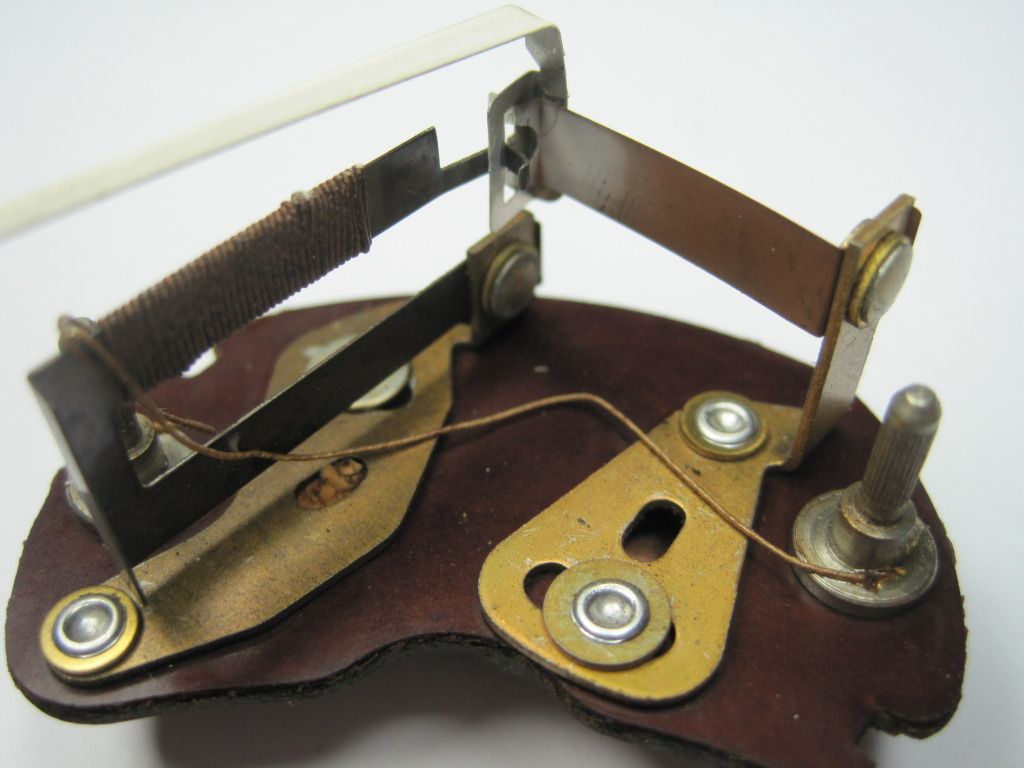Lukens
Jedi Warrior
Offline
I can't leave well enough alone so I stripped my TR3's instrument panel to clean up the wiring (it needed it). The PO installed an old Jaeger electric temp gage and a single wire sensor.
I didn't pay attention when I removed all the wiring, but this is how I THINK the temp set-up goes:
1) Hot wire connects to either terminal of gage.
2) Wire from other terminal on gage goes to sensor.
3) Sensor varies resistance to ground (through its threads) as temp changes.
4) Metal strip in gage bends relative to current (heat) and moves pointer.
I can't see that it matters which terminal on the gage I connect to the "key-on" hot wire. Am I right.

Here's a pic.
I didn't pay attention when I removed all the wiring, but this is how I THINK the temp set-up goes:
1) Hot wire connects to either terminal of gage.
2) Wire from other terminal on gage goes to sensor.
3) Sensor varies resistance to ground (through its threads) as temp changes.
4) Metal strip in gage bends relative to current (heat) and moves pointer.
I can't see that it matters which terminal on the gage I connect to the "key-on" hot wire. Am I right.

Here's a pic.

 Hi Guest!
Hi Guest!

 smilie in place of the real @
smilie in place of the real @
 Pretty Please - add it to our Events forum(s) and add to the calendar! >>
Pretty Please - add it to our Events forum(s) and add to the calendar! >> 